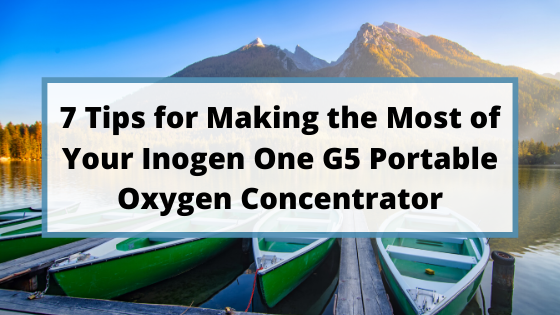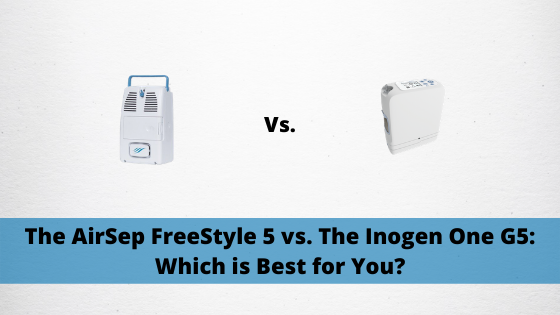Respiratory Resource Center - LPT Medical
7 Tips for Making the Most of Your Inogen One G5 Portable Oxygen Concentrator
In this day and age, convenience and reliability are...
Read MoreThe AirSep FreeStyle 5 vs. The Inogen One G5: Which is Best for You?
Whether you’ve recently been diagnosed with COPD or you’ve...
Read MoreA History of Inogen Portable Oxygen Concentrators
Oxygen is a colorless and odorless gas that is...
Read More


